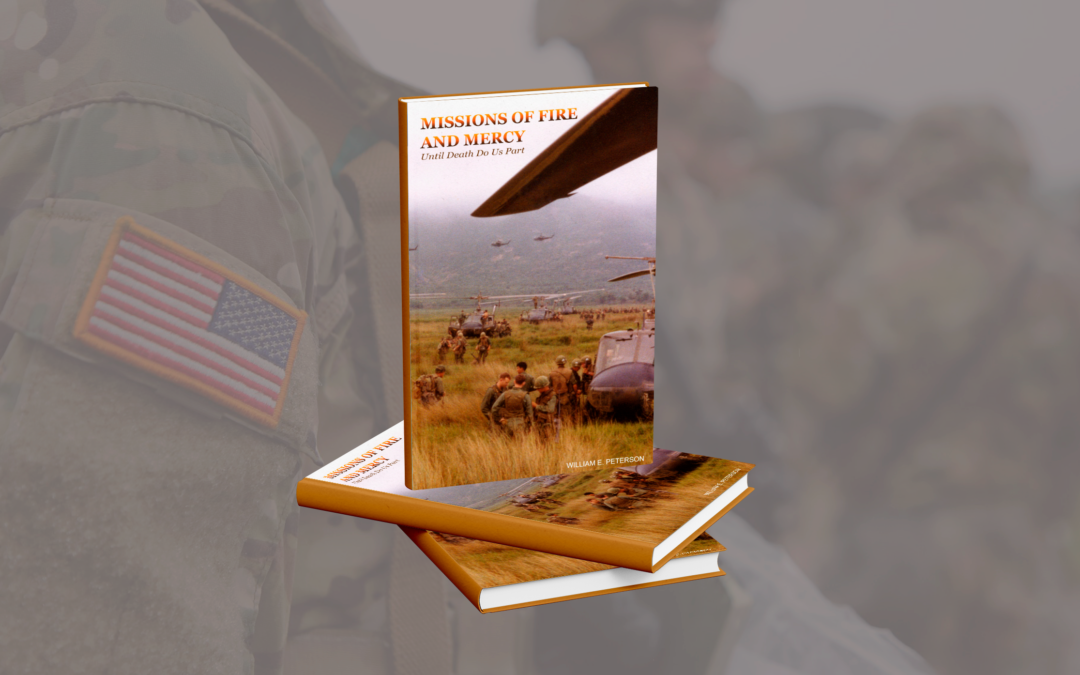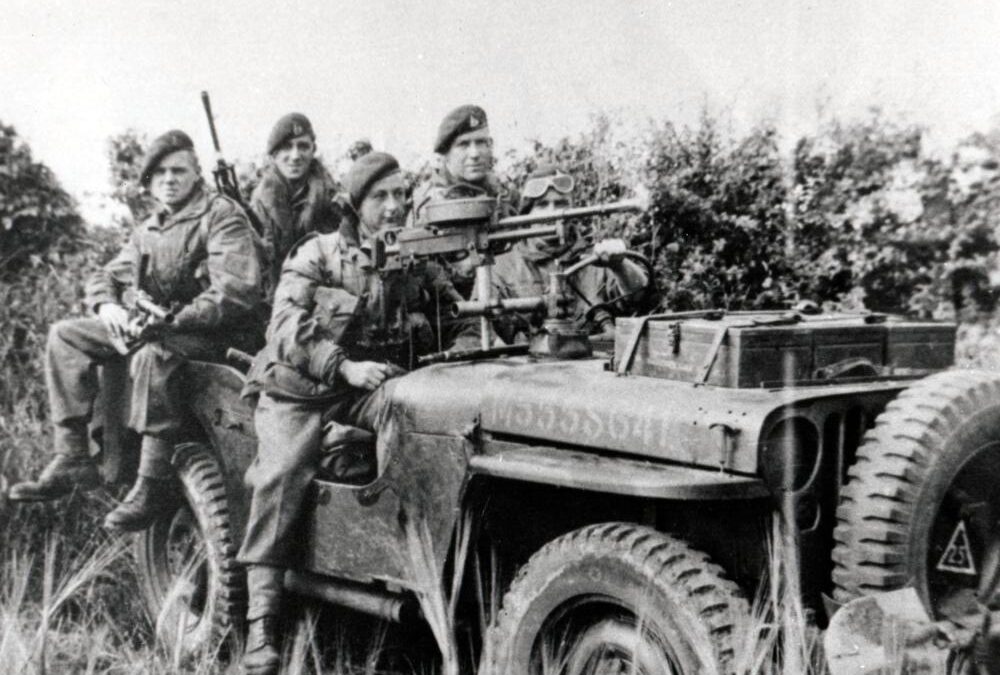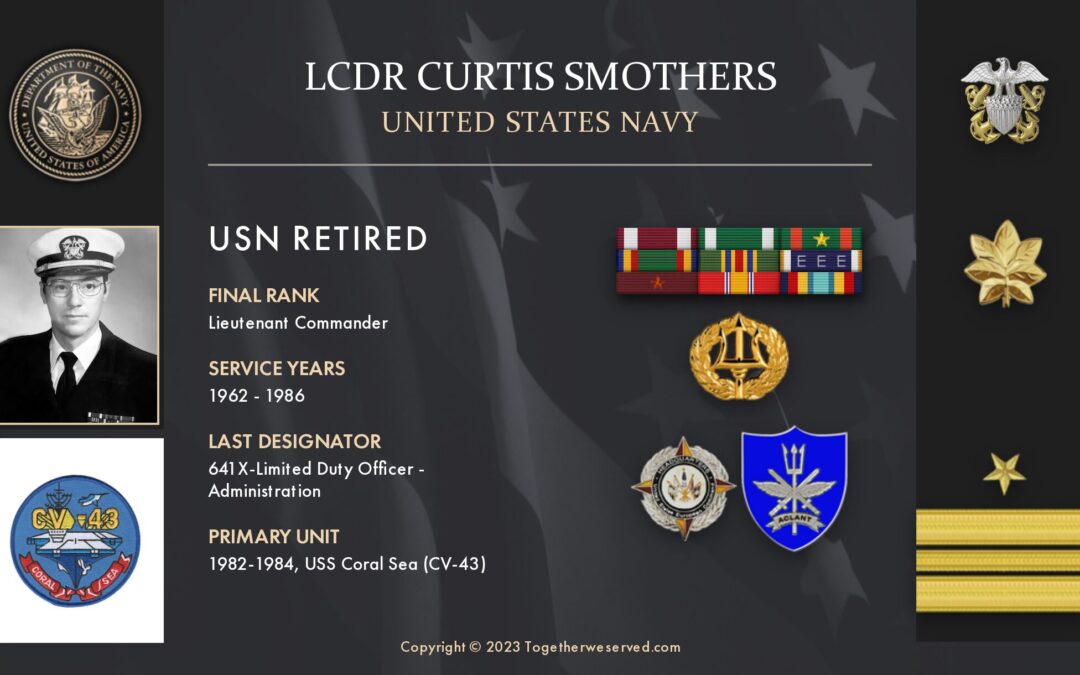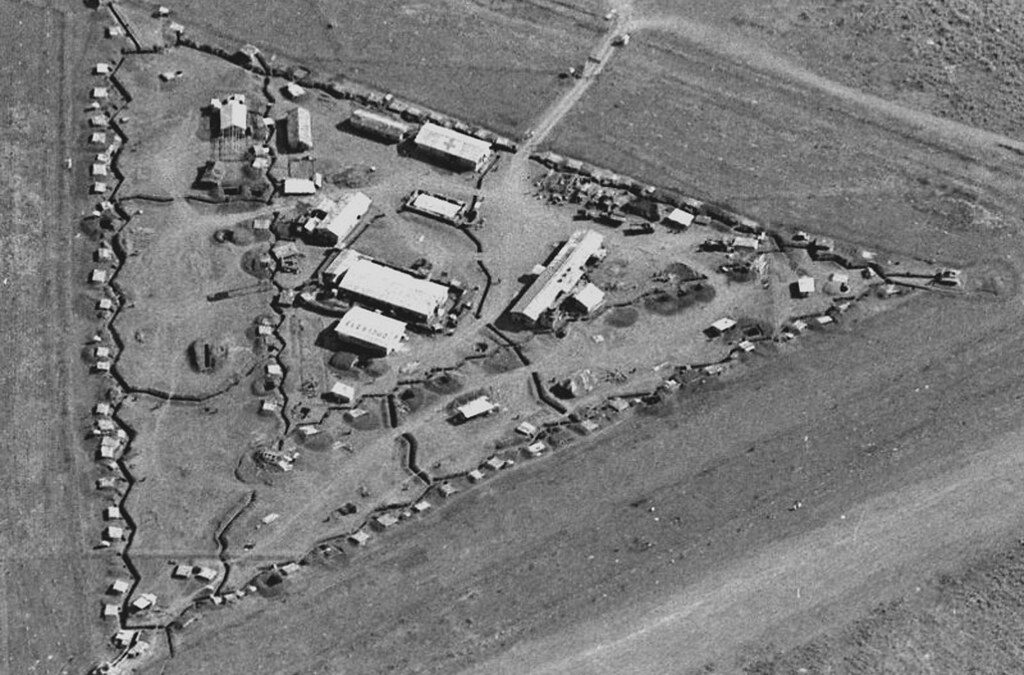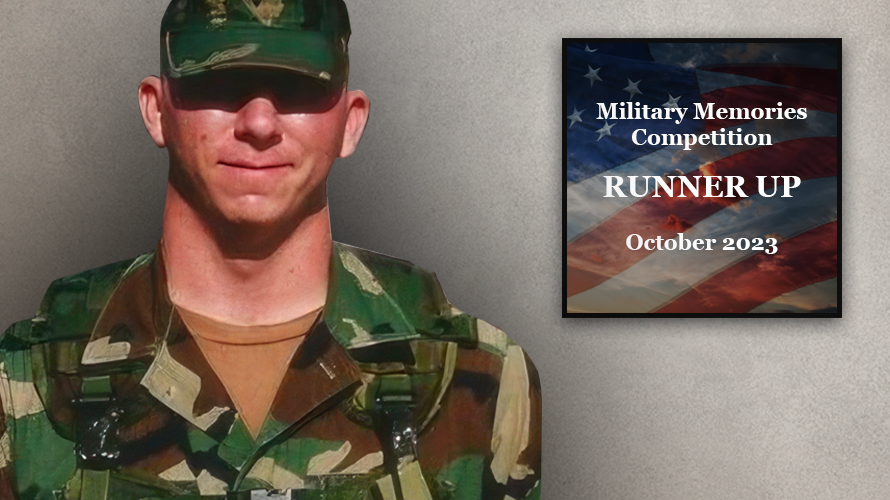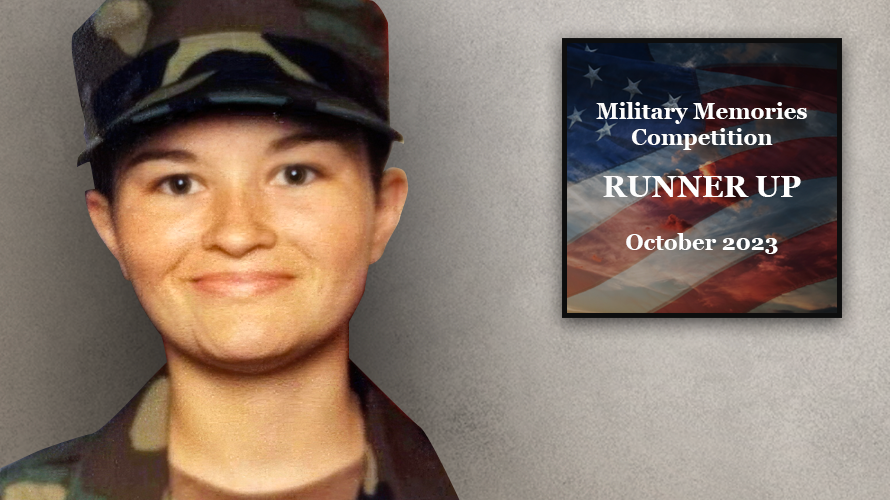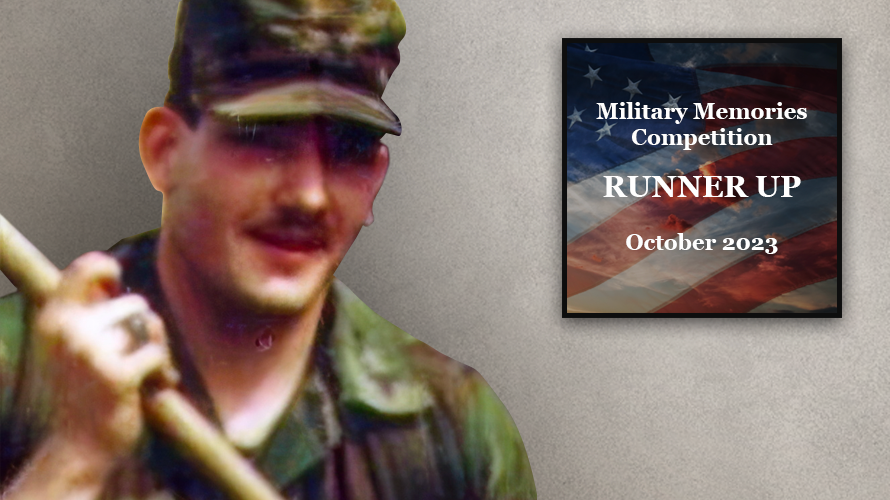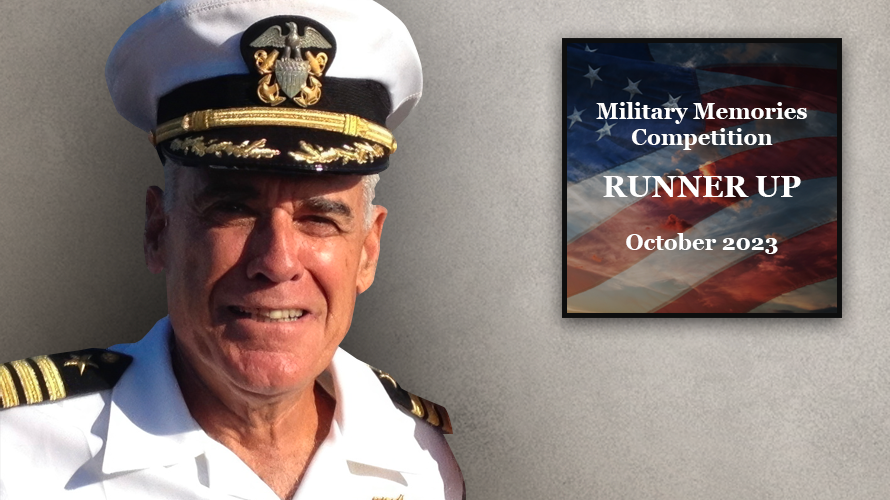At the age of 19, William E. Peterson embarked upon a life mission which many would gladly have missed. He went to war in Vietnam! In this 302 page book he brings to life his journey from his decision to enlist in the Army, through twelve months of helicopter combat, to his return home. It takes the reader on a wild ride with a helicopter crew chief and door gunner with the First Air Cavalry, C/227th Assault Helicopter Battalion. The typical memoir written by a Vietnam veteran begins with a short accounting of his youth and ends with his homecoming. Sandwich between is a detailed rendering of the serious, heartbreaking nature of war: fear, tragedy, loss, sorrow, growth, and relief interlaced with nature's emotional shutoff valve, humor. While Peterson's Mission of Fire and Percy does much of the same things, his writing has much greater clarity since it is drawn from scores of letters he send home to his family, friends and girlfriend Cindi. He adds anecdotal recollections to what he...
